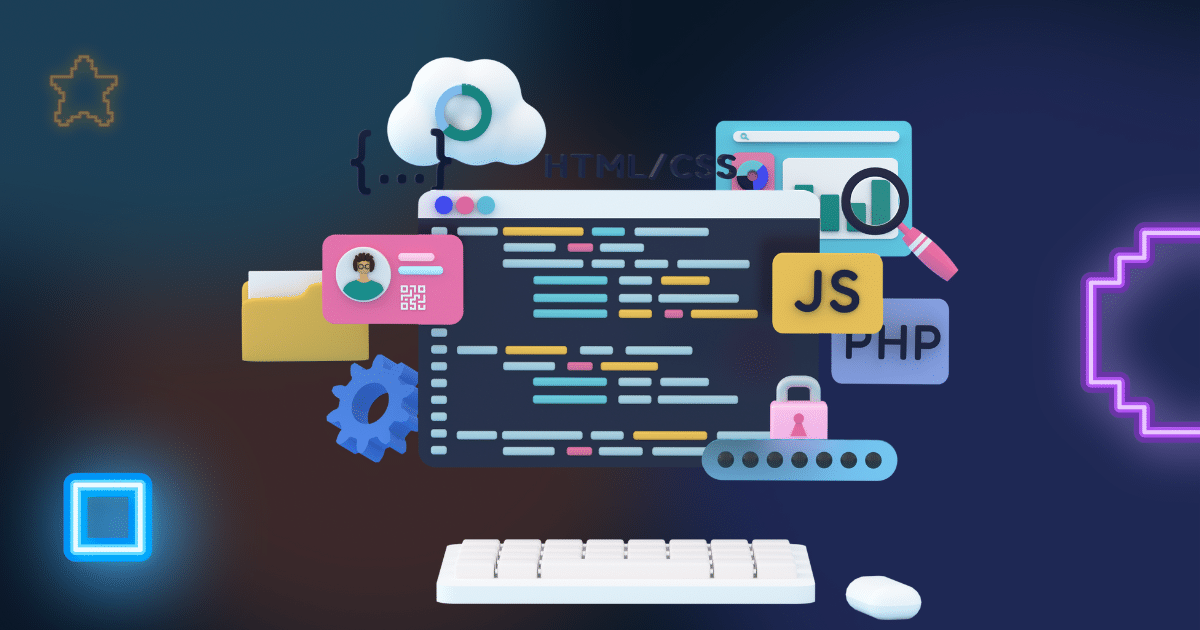New frontend framework, again?!


They come and go, change faster than you can imagine, and each new release promises a revolution in how we create layout. If you are starting with web development, this can be overwhelming and off-putting, also it can lead you in the wrong direction.
Let’s uncover the pros and cons of front-end frameworks dynamism, highlight the potential pitfalls of blindly following the latest trends without a solid foundation, and provide guidance on mastering any front-end framework.
The Pros and Cons of a variety of choices
One of the biggest drawbacks, and at the same time the advantage, is an overwhelming variety of choices. In the ocean of front-end frameworks, it is challenging to make the correct selection, and a wrong choice can potentially delay project progress. Moreover, the variety of choices can overwhelm you with a constant need to learn new frameworks, potentially leading to burnout as you strive to keep up.
However, this vast array of choices allows developers to select a framework that aligns with their project specifications, potentially leading to improved performance, scalability, and more.
Another positive aspect that emerges from dynamic development is innovation and evolution.
New versions and updates often bring innovative features and improvements in performance, security, and user experience. Also, innovation often produces productivity boost. It brings features like hot reloading, component-based architecture, and more.
That can also have a downside in some cases, such as deprecation of older features or APIs, which require developers to adapt and update their codebase to stay compatible with the latest advancements.
How I prioritized frameworks over fundamentals
When I first ventured into frontend development four and a half years ago, my knowledge of HTML, CSS, and JavaScript was quite limited. Like many beginners, I was eager to jump into building impressive applications. So, as you might have guessed, I went on YouTube and found some videos that show how impressive frameworks are. That is the moment when a crucial mistake was made, I prioritized framework over fundamentals, but I did not realize it at the time.
In the beginning, the development was quite rapid, even though I had no idea what exactly was happening and how the web or that framework functioned. A few months later, I began researching other frameworks because I was influenced by fellow frontend developers who consistently endorsed them. At that time, I was a self-taught developer with no working experience, and I found myself caught in the never-ending carousel of front-end frameworks.
I was becoming a jack of all trades but master of none. After a few months, I came to the realization that I did not even grasp the fundamental aspects of web development 😀. I secretly knew it all along but did not want to admit it to myself. After acknowledging this, I went back to learning the basic concepts, and shortly thereafter, I landed my first internship.

If you understand one framework…
The most significant realization came after two years when a situation at work required me to learn a new framework again, but the learning process was quite straightforward. It was clear that I had gained more experience, but it was not just that. I realized that a deep understanding of JavaScript, HTML, CSS, and browser superpowers was crucial. Experience certainly contributes to even faster learning because you can connect more things. Also, if you understand one framework on top of the mentioned skills, drawing parallels and achieving outstanding results in learning another becomes easy.
A blessing and a curse
The ever-evolving world of front-end frameworks can be both a blessing and a curse. While they offer exciting innovations and productivity boosts, diving into them without a solid understanding of frontend fundamentals can lead to shallow knowledge. So, before you rush into the latest frontend trend, take the time to build a solid foundation it will pay off in the long run 😉 .



